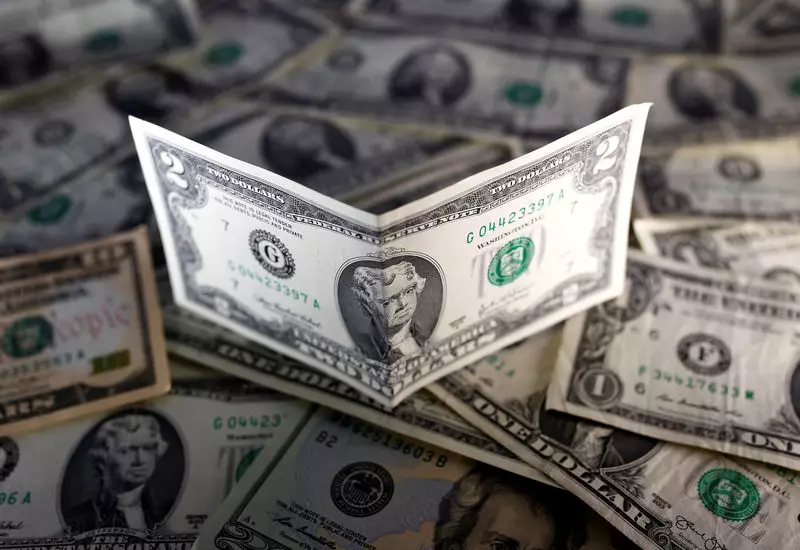The financial landscape in Asia is currently characterized by a delicate balance as regional currencies attempt to recover from significant declines attributed to recent geopolitical shifts, notably the election of Donald Trump as the U.S. president. This event has triggered substantial fluctuations in the value of the U.S. dollar, elevating it to a four-month peak against a basket of other currencies. The anticipation surrounding the Federal Reserve’s upcoming meeting only compounds the uncertainty, as traders brace for potential interest rate cuts. Such economic dynamics compel us to examine the broader implications for Asian markets and currencies.
The initial response to Trump’s electoral victory was a notable surge in the value of the dollar, driven by expectations that his administration would adopt inflationary economic policies. This apprehension also led to rising Treasury yields. Consequently, most Asian currencies suffered significant losses, prompting discussions about potential government intervention in major economies like Japan and China. This intervention speculation reflects a strategic maneuver aimed at stabilizing local currencies under the pressure exerted by the dollar’s strength.
On Thursday, the Chinese yuan managed to stabilize slightly, even as it struggled with the ramifications of a potential trade war. The U.S.-China trade relationship stands at the brink due to Trump’s promise to implement extensive tariffs. The unexpected spike in the yuan’s value in the context of Trump’s victory was short-lived; however, the People’s Bank of China has been proactive, setting a weaker midpoint exchange rate to cushion the currency’s slide. The Chinese government’s approach includes a dual strategy: engaging in market interventions and rolling out fiscal stimulus aimed at bolstering the economy against external trade threats.
The U.S. dollar index, despite a slight retreat in Asian markets, remains just below its recent highs. This resilience can be partially attributed to market expectations regarding Trump’s future economic policies, which are anticipated to prioritize protectionism and bolster domestic production. As such policies potentially lead to higher inflation, they simultaneously set the stage for sustained interest rate support from the Federal Reserve. Consequently, the dollar appears well-positioned to maintain its momentum, particularly as investor confidence is underpinned by expectations of policy continuity.
Market focus has shifted to the Fed’s monetary policy outlook, especially as speculation around a 25 basis points interest rate cut gains traction. Traders are particularly concerned with how the Fed plans to navigate the economic landscape shaped by Trump’s administration and the persistent inflationary pressures that seem to resurface despite a favorable employment picture. Ultimately, the Fed’s communication regarding future rate trajectory will prove crucial for foreign exchange dynamics, as any deviation from market expectations could lead to volatility across regions.
The ongoing turbulence has created a mixed recovery for various Asian currencies. The Japanese yen faced renewed pressure, slipping 0.2% after a brief peak that lasted just a day. Observers noted that the decline triggered warnings from Japanese officials regarding the potential necessity for government intervention to stabilize the yen in the event of continued weakness. Meanwhile, the Australian dollar exhibited more resilience, rebounding with a 0.8% gain as it emerged from prior losses. Economic data suggesting a contraction in the trade balance illuminated the challenges facing Australia, particularly around fluctuating commodity exports.
Additionally, regional awareness of interdependencies within Asian economies highlights the need for strategic collaboration to buffer against external shocks. Countries within the region must consider adaptive measures to maintain economic stability, with special attention on trade relations and monetary policy alignment that could mitigate risks stemming from aggressive U.S. economic strategies under the Trump administration.
The current landscape of Asian currencies and the U.S. dollar is a complex interplay of political changes, market expectations, and economic strategies. As traders remain cautious ahead of the Federal Reserve’s decisions, it is essential for Asian countries to collectively navigate these uncertainties. The balance of sustaining currency stability while preparing for external economic pressures will dictate the trajectory of investment strategies and financial resilience in the region moving forward.

